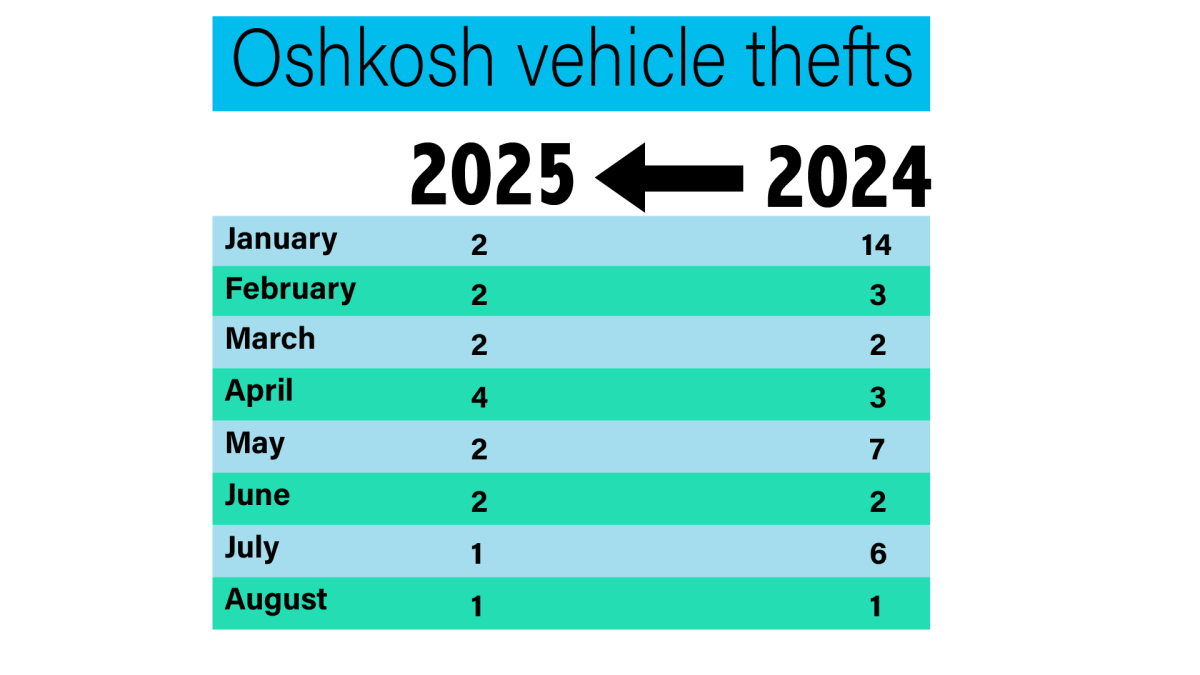The Wisconsin Department of Natural Resources (DNR) was recently notified by the Wisconsin Department of Agriculture, Trade and Consumer Protection (DATCP) that a farm-raised deer on a deer farm in Outagamie County tested positive for chronic wasting disease (CWD). This positive result is within 10 miles of the Calumet, Waupaca and Winnebago county borders, and will enact a new baiting and feeding ban to go into effect in Calumet County on Oct. 13, 2023.
State law requires that the DNR enact a three-year baiting and feeding ban in counties where CWD has been detected, as well as a two-year ban in adjoining counties within 10 miles of a CWD detection. If additional CWD cases are found during the lifetime of a baiting and feeding ban, the ban will renew for an additional two or three years.
This detection will cause the following:
- Calumet will begin a two-year baiting and feeding ban on Oct. 13, 2023.
- Outagamie will renew the ban already in place.
- Waupaca and Winnebago counties currently have a baiting and feeding ban in place from positive detections within each county. The bans in these counties are not renewed by this detection, because they are longer than the two-year ban that would result from this detection.
The DNR also reminds the public that it is illegal to hunt over an area previously used for legal baiting and feeding until that area is completely free of bait or feed for 10 consecutive days.
More information regarding baiting and feeding regulations is available on the DNR’s Baiting and Feeding webpage.
Baiting or feeding deer encourages them to congregate unnaturally around a shared food source where infected deer can spread CWD through direct contact with healthy deer or by leaving behind infectious prions in their saliva, blood, feces and urine.
The DNR asks deer hunters in Calumet, Outagamie, Waupaca and Winnebago counties to help with efforts to identify where CWD occurs on the landscape by having their deer tested for the disease. The collection of CWD samples is essential for assessing the presence of CWD in the deer population across the state.
In addition to submitting samples for CWD testing, hunters are also encouraged to properly dispose of deer carcass waste by locating a designated dumpster, transfer station or landfill location. Proper carcass disposal helps slow the spread of CWD by removing potentially infected deer carcasses from the landscape. A map of CWD sampling and carcass disposal locations is available on the DNR’s CWD sampling webpage.
CWD is a fatal, infectious nervous system disease of deer, moose, elk and reindeer/caribou. It belongs to the family of diseases known as transmissible spongiform encephalopathies (TSEs) or prion diseases. The DNR began monitoring the state’s wild white-tailed deer population for CWD in 1999. The first positives were found in 2002.
More general information about CWD can be found on the DNR’s CWD webpage.














